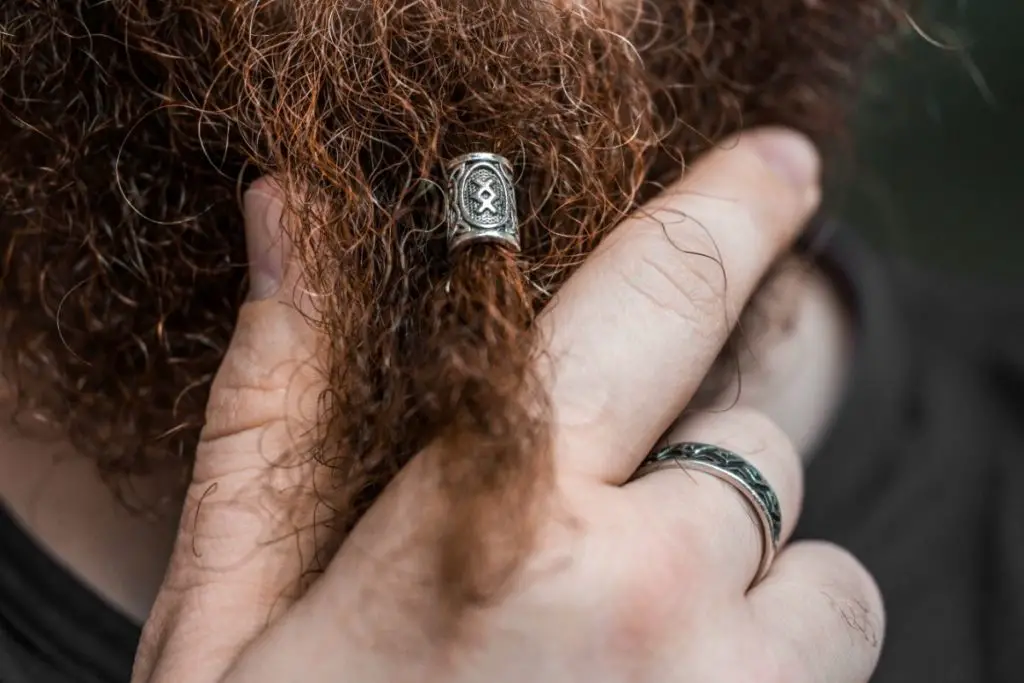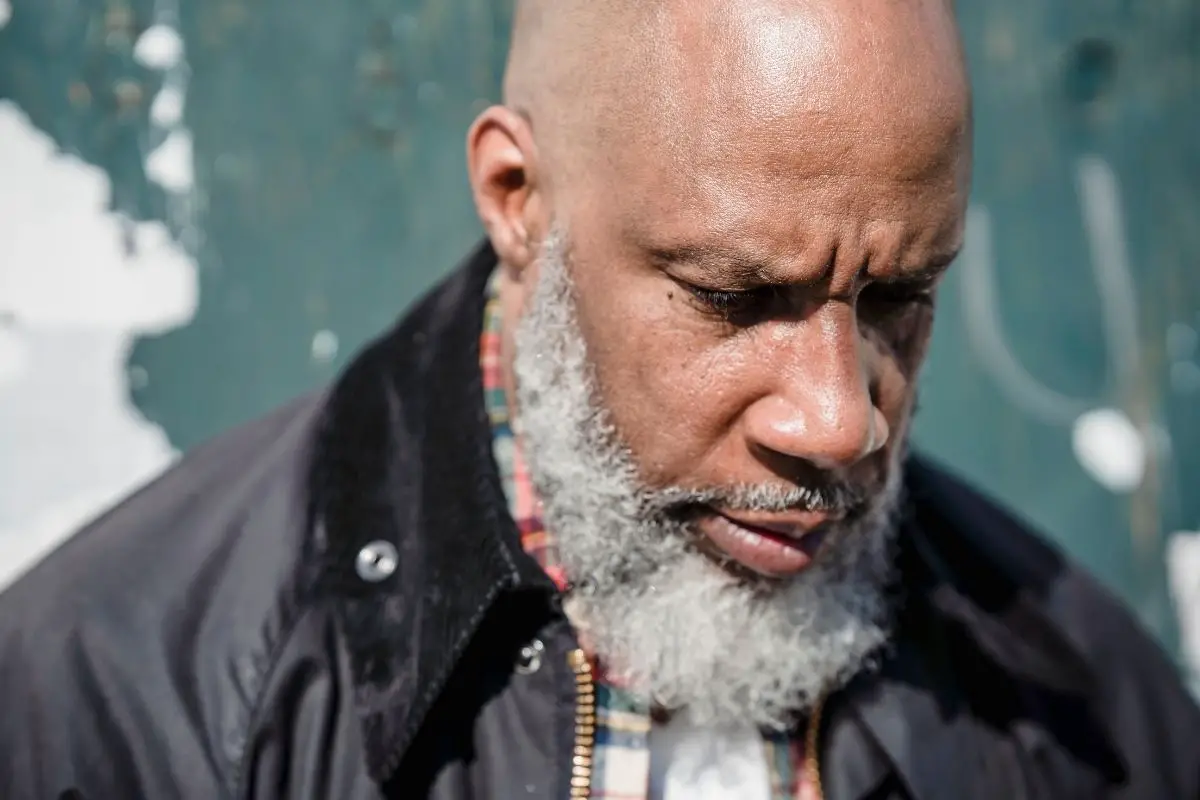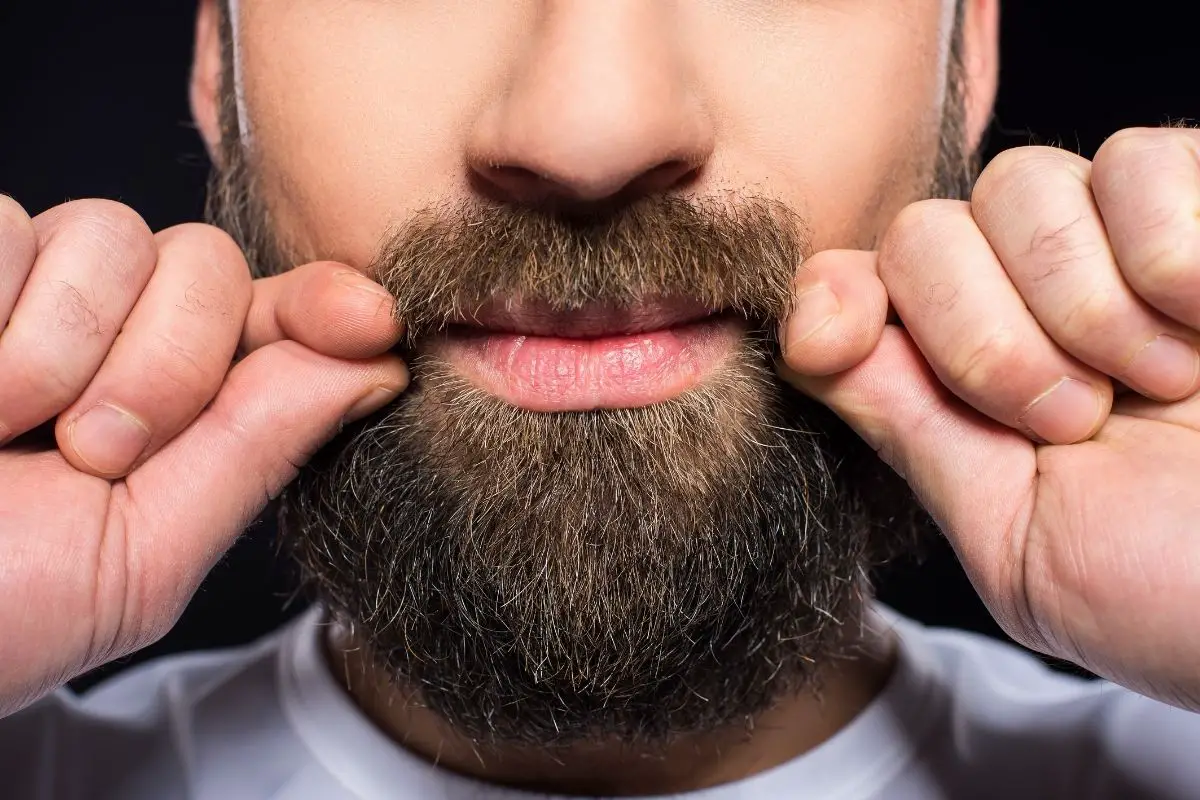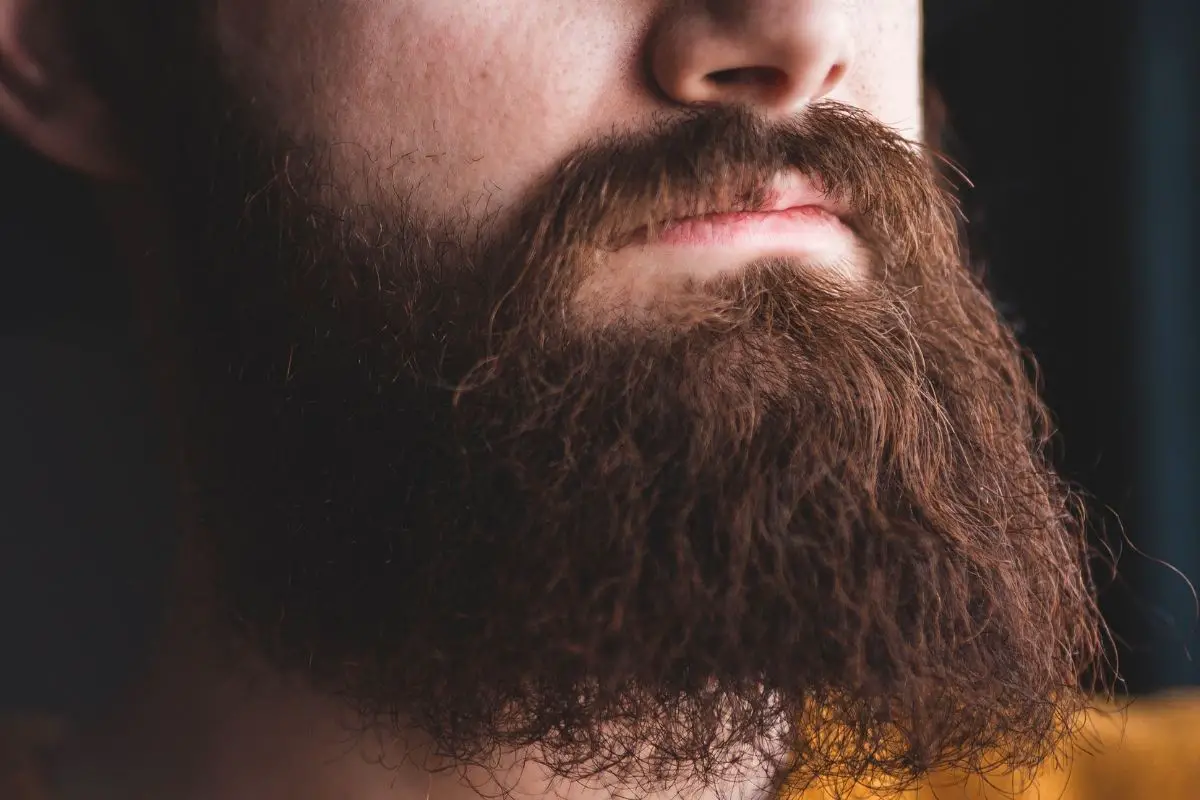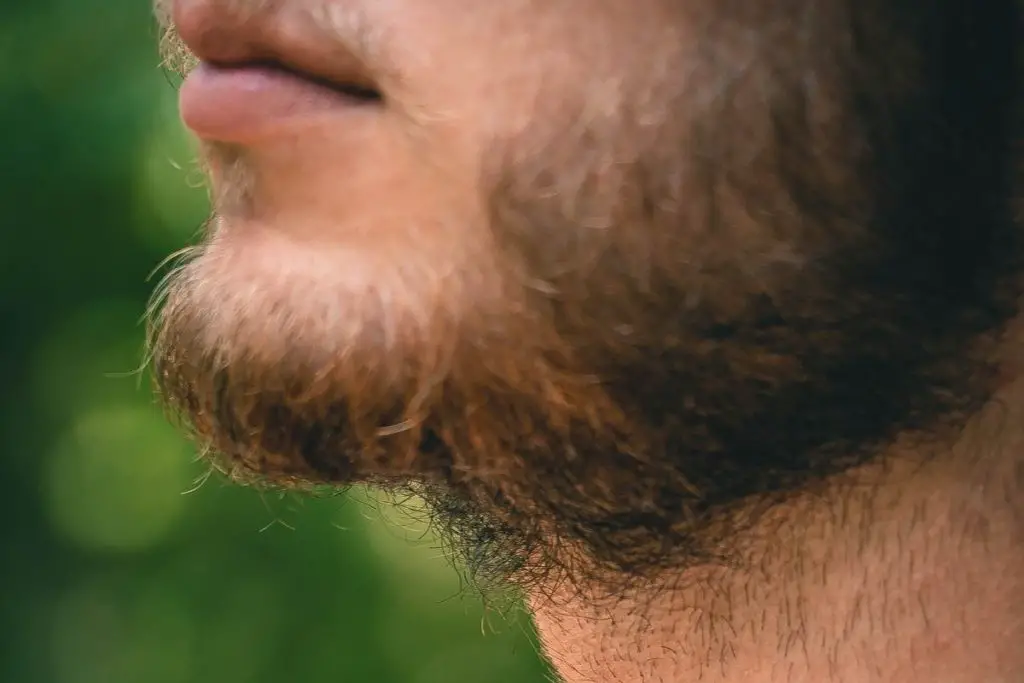Over the last ten or so years, beards have seen something of a resurgence in the public fashion conscience.
Whilst there hasn’t been a time when beards were necessarily frowned on, they haven’t been as popular as they currently are for a while.
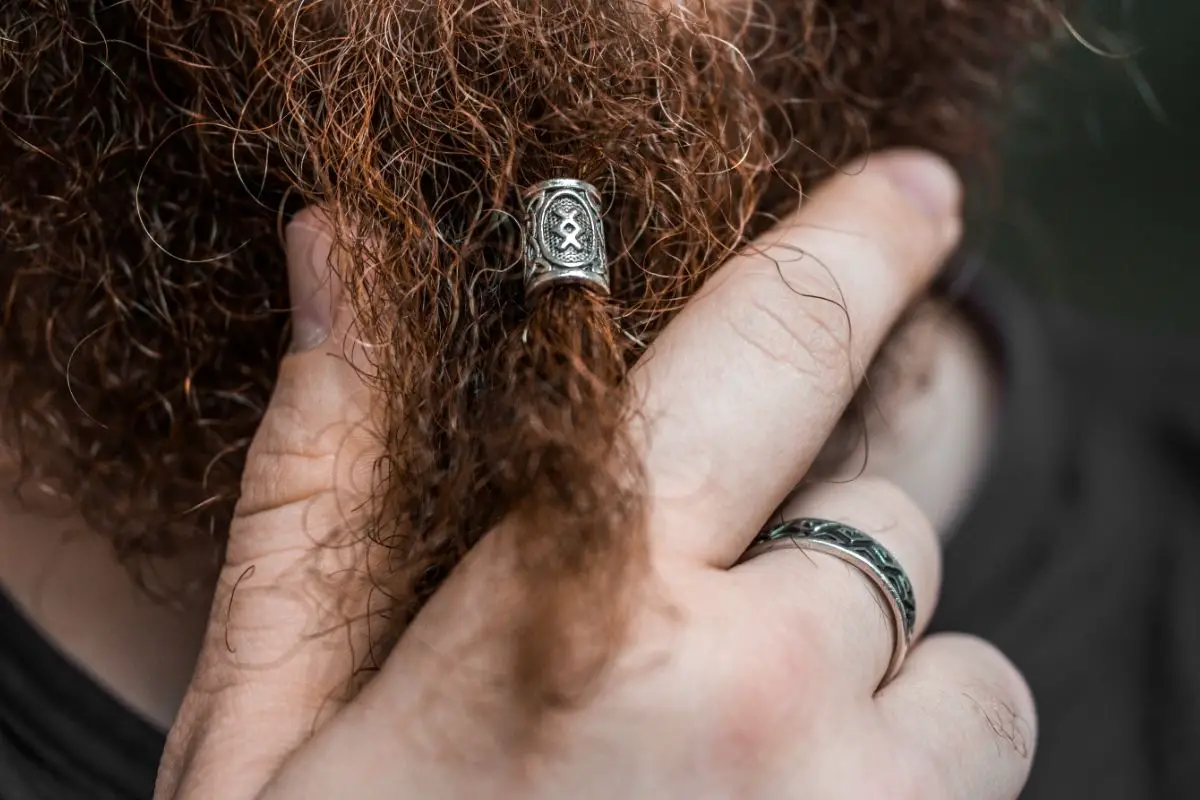
Starting in the late 2000s and early 2010, facial hair styling and grooming witnessed a beardy boom and has become a staple of men’s fashion and grooming routines.
Along with this renewed love and care for the beard has come a whole line of products, jewelry, and accessories that people have chosen to decorate their beards with, for a whole host of reasons. Sometimes they are for practical purposes.
Other people simply want their facial hair to stand out from the rest.
And among those many new accessories, perhaps one of the most distinct and, as we’ll discuss later, one of the oldest types of beard accessory, is the beard bead.
In this article, we’re going to discuss what exactly a beard bead is, where they come from, how they’ve been used, and how to use them for yourself.
What Exactly Are Beard Beads?
The beard bead is exactly what it sounds like: A bead made of some sturdy material that is threaded through a portion of your beard.
There are several reasons you would consider using a beard bead if your facial hair is long. For one, they are very striking to look at, especially when contrasted with a darker-colored beard.
They also have practical uses, especially for people with beards that are starting to get especially long and don’t want to trim them down.
They help keep chin hairs tidy and out of the way of any activities in which having an unkept beard would be detrimental or a hazard.
Think of it as effectively a scrunchy for the chin. But usually made of metal, wood, or even bone, historically.
The History Of Beard Beads
Beards have long been a symbol of importance to men across time and the world.
They were important symbols of stature and wisdom in the Bronze Age and among many of the civilizations that were around at the time, including the Ancient Egyptians.
They were also iconic symbols of the classical period. Many famous philosophers, thinkers, and powerful rulers wore beards in the ancient world.
Individuals such as Aristotle, Plutarch, Dio Cassius, and Hadrian, are all iconic men from Classical Greece and Rome that famously wore beards.
However, whilst beards have been a popular style of grooming for men for thousands of years, we don’t see much use of beard beads throughout history.
There is evidence to suggest that Ancient Egyptians may have worn jewelry in their facial hair as part of their ornate appearances, but there is little to suggest it was a common item or accessory that people wore.
That is until we come to the Vikings.
The Vikings
We reach the Viking age at the end of the 6th century AD, up to the middle of the 11th century, around the same time as the Battle of Hastings that took place in England.
Whilst direct examples, such as written texts, or works of art that depict beard beads being used are relatively rare, archeology has revealed to us so much about the Norse people, and the Vikings raiders that they are best known for.
This includes what appears to have been rings that were used to adorn their beards.
Considering the pride that Norse and Northern Germanic people placed on the beard in terms of appearance, it wouldn’t be a stretch to say that a braided or beaded beard would be a sign of great respect amongst Viking raiders.
Vikings during this period were settlers, explorers, traders, raiders, colonizers, and, in many cases, quite terrifying for the people they encountered. Wherever the Norse Viking people went, they took their culture and customs with them. And they went far with it. Very Far.
Vikings were not just limited to the British Isles and Northern France. Many would travel down as far south as what is now Algeria and Tunisia, whilst colonizing, raiding, and otherwise interacting with the Muslim Caliphates of North Africa and Spain.
They also ventured as far east as what is now Russia.
There’s even evidence to suggest that the Vikings had colonies in America some 500 years before Columbus supposedly discovered the new world.
And, as mentioned earlier, everywhere they went, Vikings would bring their culture with them. This meant that there was a good chunk of the world that probably would have been aware of the beard bead at the turn of the first millennium.
Beard Beads In Popular Culture
The popular TV show Vikings has brought the beard bead into the public conscience like no other show before it. Although, artistic interpretation likely played some part in how the Vikings on the show look, meaning that it may not be completely accurate.
The beard bead has also been a popular decoration to give characters in fantasy media, especially dwarves.
The Hobbit trilogy of films is probably the best-known example, sporting some immaculately prepared facial hair, and some awesome beard beads to go along with it.
How To Use Beard Beads
Despite how ornate they can look to someone who is not familiar with them, there isn’t much to it when it comes to using a beard bead.
The only thing that you need for a bead is to have long enough hair for you to be able to thread it well enough.
A few inches or centimeters is usually enough to thread with for most people, but it should feel at least relatively comfortable as you wear it. You don’t want to be pulling on any hair whilst the bead is resting on your chin.
There are plenty of ways to style your beard hair. The most common is usually either a single bead in the center of your beard or two where your hair gathers most around your chin.
But in theory, so long as you have enough beard hair to go around, there’s no limit to how many beads you can use in your hair.
Conclusion
So, as we’ve seen, beard beads are not just an example of men finding a way to style and express themselves through the use of beard beads, but they are also a symbol of the mighty power of the Vikings from years gone by.
And that image has only been reinforced by popular culture from the last 10 years.
Hopefully, we’ve shown just how much history and sheer coolness can be found in these humble little beads.
- Best Beards For Fat Guys – From Personal Experience - March 31, 2023
- Best Beards For A Rectangle Face Shape - March 31, 2023
- Best Beard For Diamond Shaped Face – Top Choices - March 31, 2023

